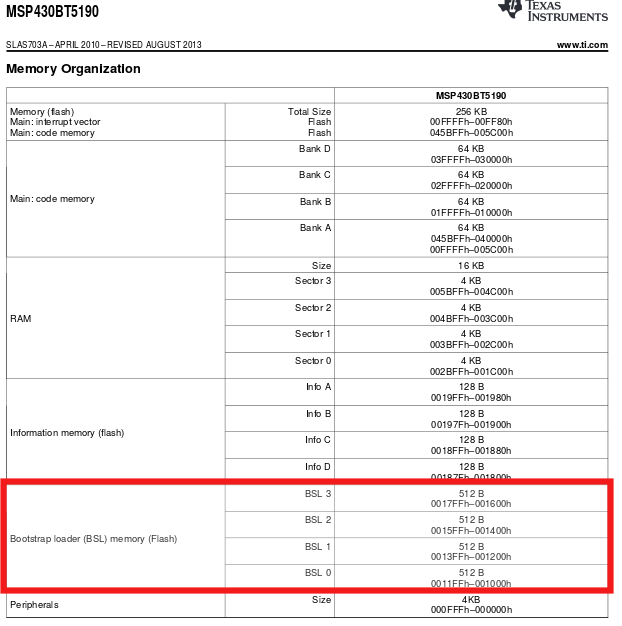I'm new to the MSP430. I'm writing a boot loader. I accepting an image download then having to write the new executable image to the MSP430190 flash.
1. I have to write a primary boot loader. Does anyone have any example code?
2. Can I store the boot loader in BSL memory? If so does anyone have any example code on how to store code in BSL?
3. Has TI published any app notes regarding my concerns?
Thanks



